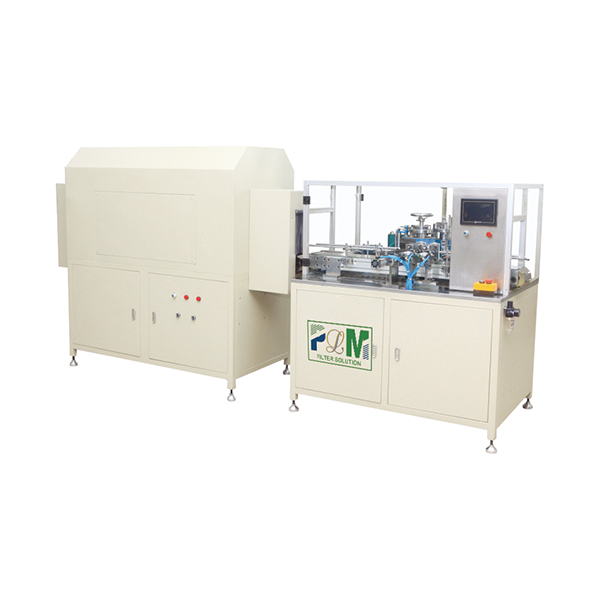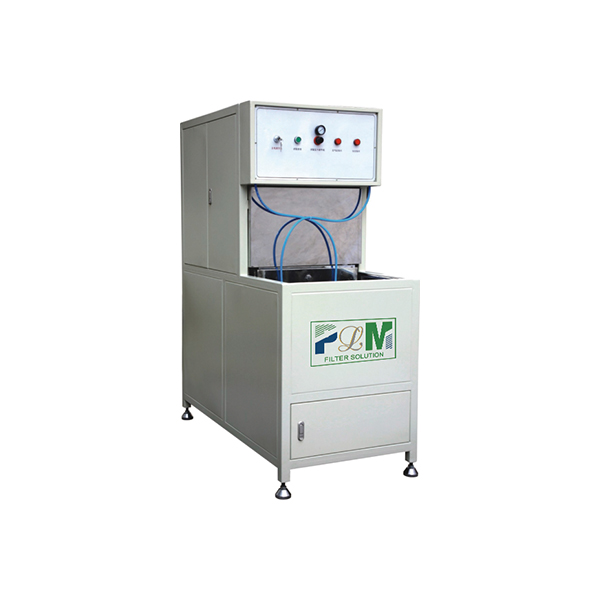Oct . 26, 2025 11:20 Back to list
Active Carbon Air Filter for Air Purifier | Odor Control
The Real-World Guide to Active Carbon Air Filter For Air Purifier
Indoor air got complicated. Between VOCs from paint, pet smells, traffic fumes sneaking in, and that lingering kitchen experiment—people want filters that don’t just catch particles, but neutralize odors and gases. That’s where the Active Carbon Air Filter For Air Purifier quietly earns its keep. In labs, hotels, even busy family homes, carbon media is the difference between “it’s clean” and “it actually smells clean.”
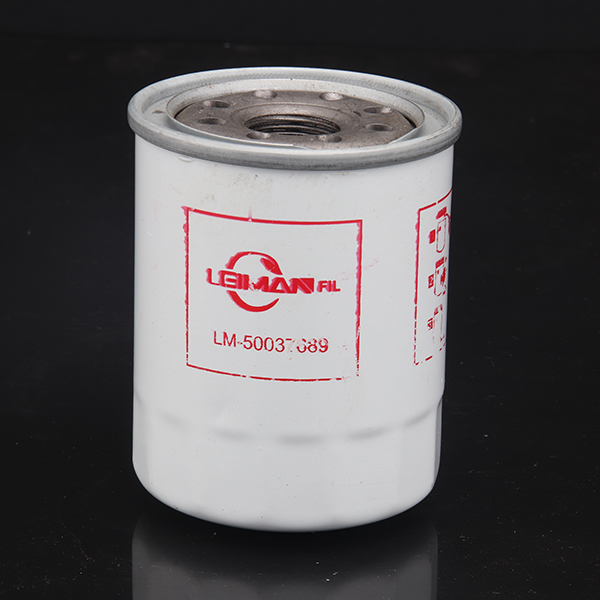
What’s Trending (and why it matters)
Two big shifts: multi-stage cartridges (pre-filter + HEPA + carbon blocks) and smarter, lower-resistance carbon media. Manufacturers are quietly optimizing pore size distributions—coconut-shell carbons with higher micropore volumes—so you get faster VOC uptake without choking airflow. Many customers say they notice less “stale room” effect after switching to denser but smarter carbon layers. Honestly, the difference is night-and-day in small apartments.

How it’s made: materials and process flow
- Media selection: coconut-shell activated carbon (iodine number ≈ 900–1100 mg/g), sometimes bituminous for broader pores.
- Form factor: GAC-filled nonwoven pockets or extruded carbon blocks; optional KMnO4/acid/base impregnation for SOx/NOx/amines.
- Assembly: thermal bonding into frames (ABS/PS/steel), gasket sealing to prevent bypass.
- Testing: pressure drop at 0.3–0.5 m/s; VOC breakthrough with toluene/formaldehyde in chambers; odor panel checks (yes, humans still sniff).
- Quality: ISO 9001 factories; RoHS/REACH compliance; flammability per UL 900 (where applicable).

Product specs (typical, real-world use may vary)
| Parameter | Spec |
|---|---|
| Media | Coconut-shell activated carbon, iodine ≈ 1000 mg/g |
| Format | GAC pouch or honeycomb carbon block |
| Pressure drop | ≈ 45–80 Pa @ 0.5 m/s |
| VOC removal | Toluene ≥ 90% in 30 m³ chamber, 30–60 min |
| Formaldehyde | ≥ 80% reduction (ISO 16000 setup) |
| Service life | 6–12 months (load and humidity dependent) |
| Certifications | ISO 9001, RoHS, REACH; UL 900 flammability |
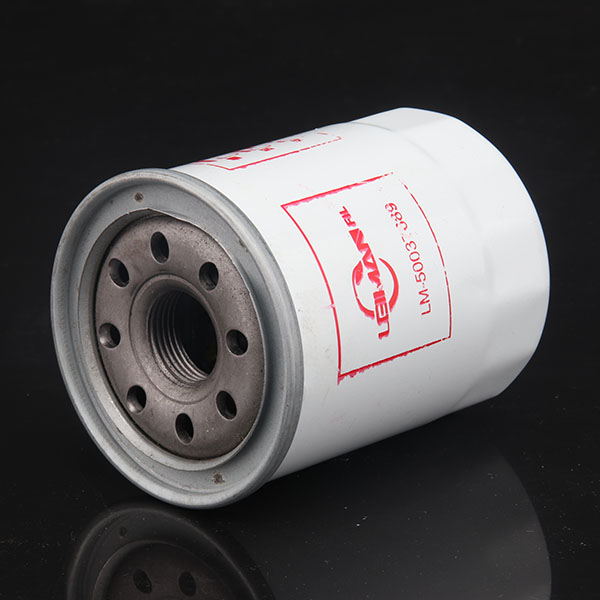
Standards and test notes
Particulate performance is typically verified alongside HEPA per ISO 16890 or EN 1822 (for the HEPA layer), while VOC reduction follows chamber protocols (ISO 16000 series) and adsorption capacity checks like ASTM D3467. For appliances sold in China, GB/T 18801 is the kitchen-table standard people quote.
Where it’s used
Residential purifiers, hospitals (isolation rooms with odor control), hospitality and gyms, labs and print rooms, pet clinics, and—surprisingly—coffee roasteries that want less “after-smoke.” A Active Carbon Air Filter For Air Purifier paired with a decent HEPA cuts the smell and the headache.
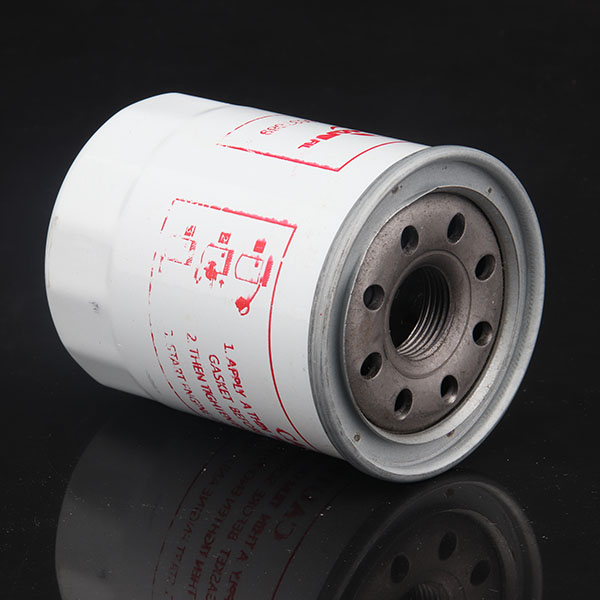
Vendor snapshot and customization
Customization usually means dimensions, carbon type (coconut vs. bituminous), impregnation chemistry, frame, and target pressure drop. Lead times depend on media and tooling.
| Vendor | Core media | MOQ | Lead time | Certs | Notes |
|---|---|---|---|---|---|
| MFilter Solution (Hebei, China) | Coconut GAC/honeycomb | ≈ 300 pcs | 3–5 weeks | ISO 9001, RoHS | Origin: East of Anping County, Hengshui City, Hebei 053600 |
| Vendor B | Impregnated carbon | ≈ 500 pcs | 5–7 weeks | ISO 14001, REACH | Good for NOx/SOx applications |
| Vendor C | Carbon cloth + GAC | ≈ 200 pcs | 2–4 weeks | UL 900 | Low pressure-drop focus |

Mini case notes and feedback
- Hotel corridor retrofit: carbon block layer cut odor complaints by ≈ 70% in two weeks; maintenance liked the snap-in frame.
- Print studio: toluene readings dropped below 0.1 mg/m³ after upgrade—users said “finally breathable.”
- Home purifier owners often report fewer “cooking smell hangovers.” To be honest, that’s the win most people chase.
If you’re speccing a Active Carbon Air Filter For Air Purifier, prioritize adsorption capacity, airflow penalty, and proven VOC test data—not just the buzzwords. And yes, change it on schedule; saturated carbon is just fancy gravel.
Authoritative references
- ISO 16890: Air filters for general ventilation.
- GB/T 18801: Air cleaner technical standard (China).
- ISO 16000-9: Emission test chamber methods for VOCs.
- ASTM D3467: Carbon adsorption of vapor-phase organics.
- UL 900: Air filter units—flame spread and smoke development.
Comprehensive Guide to Filter Caps: Applications, Benefits & Future Trends
NewsNov.24,2025Filter Paper: Essential Guide for Industry and Global Applications
NewsNov.23,2025Essential Guide to Filter Materials: Types, Applications, and Future Trends
NewsNov.22,2025Efficient Long Pulse Dust Collector Pleated Filters for Superior Industrial Air Quality
NewsNov.22,2025Professional Air Filter Making Machine – Efficient Air Filtration Production Solutions
NewsNov.21,2025PLAB-6 A/B Glue System-Hebei Filter Man|Precision&Adjustable Speed
NewsNov.21,2025

